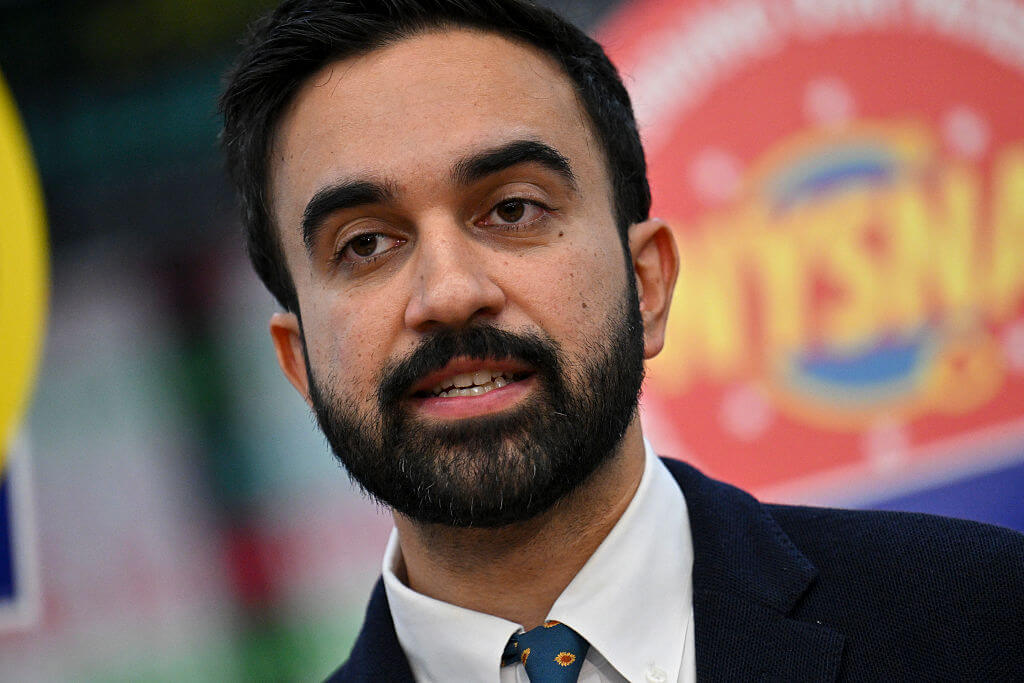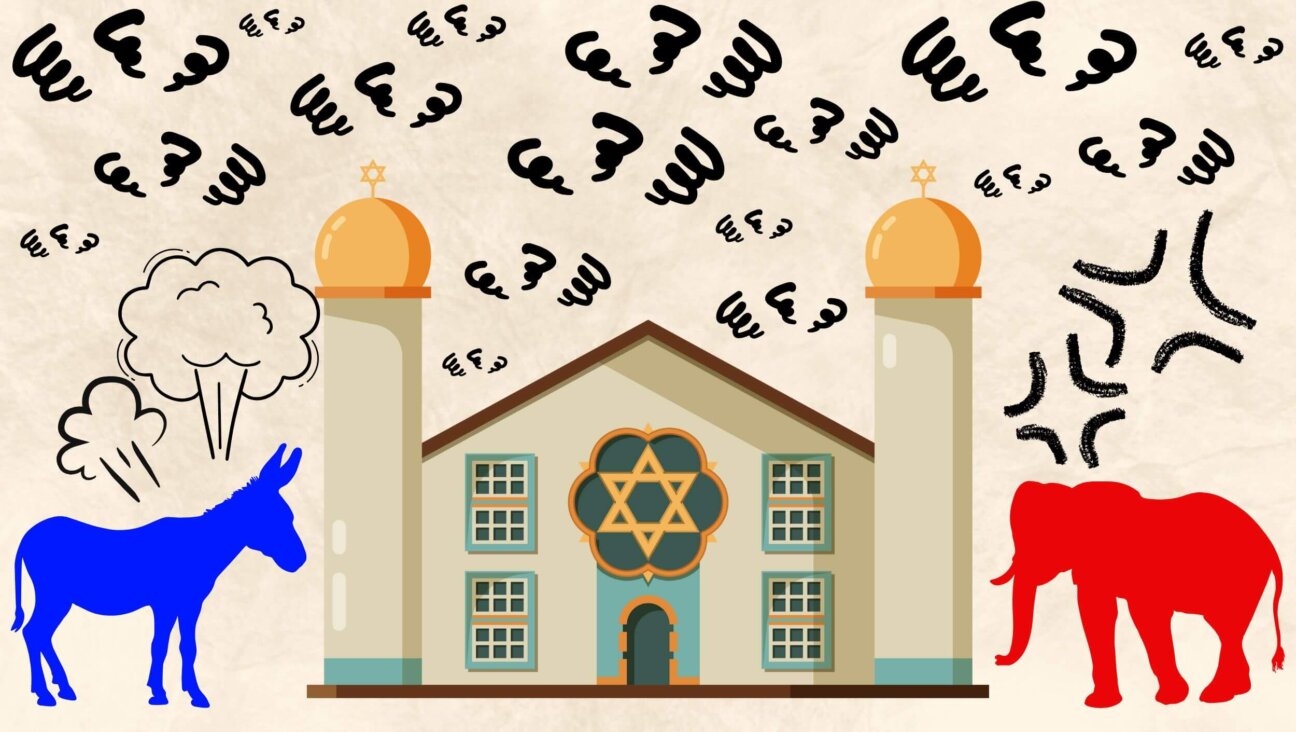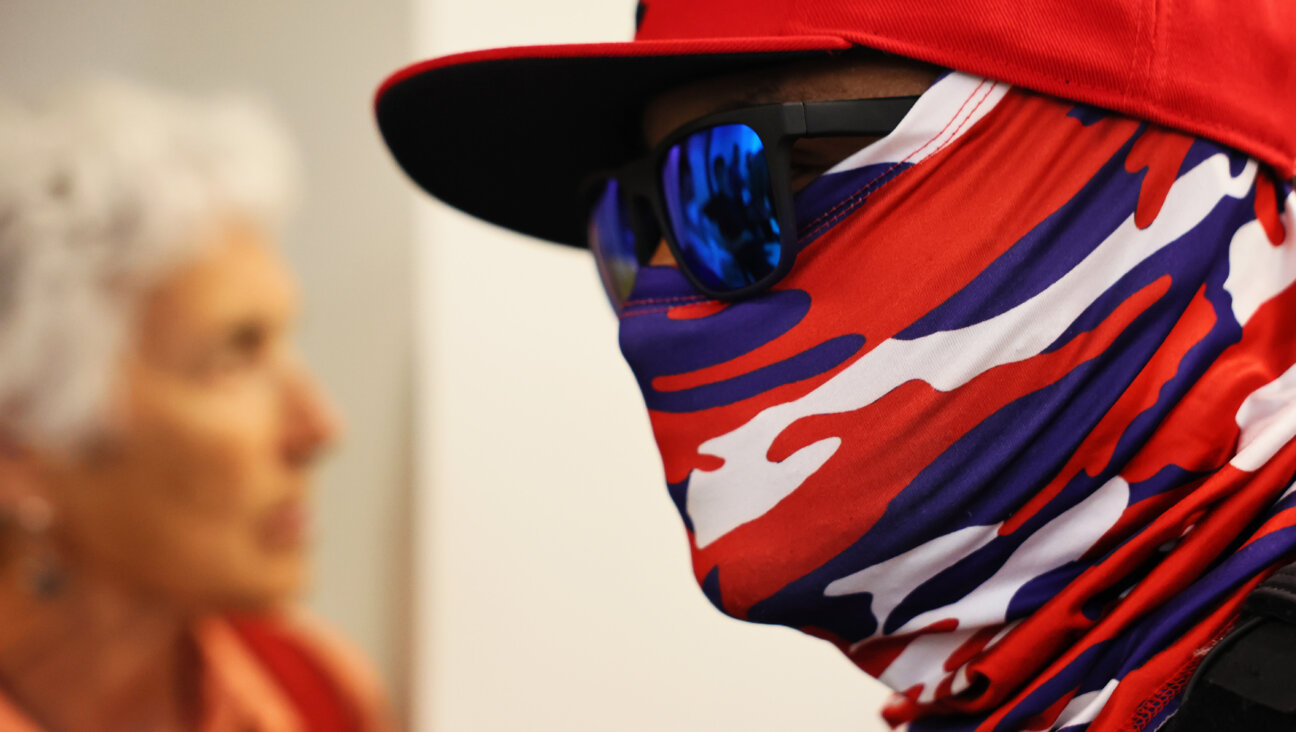Michael T. Luongo
By Michael T. Luongo
-

News Forgotten History
When most of us think of Jewish heritage travel, places like Jerusalem or the Warsaw Ghetto come to mind. Yet, from the pre-Inquisition sites that dot Spain, to farming villages in South America, hundreds of forgotten or under-visited Jewish sites exist across the world. When we put out the call for recommendations of our readers’…
-

News Touring Montevideo’s Jewish Quarters
It’s a beautiful setting for such a poignant memorial: A rail line cuts through the grassy edge of the boulevard, overlooking the gentle waves of the Rio de la Plata, the wide, sealike river on Montevideo’s edge. Nearby, a high granite wall buffers a stone path leading to a chaotic plaza, the surroundings broken in…
-

Food From Hidden Restaurants to Steaks: Where and What To Eat in Buenos Aires
Buenos Aires, best known as the Paris of South America for its vibrant culture and architecture, has become a major tourism destination. And there’s plenty of interest for the Jewish tourist. Argentina has one of the largest Jewish communities in the world, and the largest in Latin America, with estimates ranging from 175,000 to 250,000….
-

News Buenos Aires — A Travel Bargain With Star Quality
With its Paris-inspired architecture, visiting Argentina has been like traveling to Europe, but wholesale, and who doesn’t love a bargain. Since the 2001 collapse of Argentina’s peso, once equal to the dollar, it’s been a cheap alternative to Euro-land. In this recession, bargains are even more welcome. Of course, Buenos Aires has also long been…
-
News The Yarmulke Fetish: A Matter of Pride
Something special happened to me the summer I turned 13. It wasn’t just that I became a teenager. As puberty progressed and hormones raced through my body, I came to grasp that I wasn’t simply becoming a man — I was starting to like men. This was the fateful summer I realized I was gay….
Most Popular
- 1

News Meet the Jews who helped elect Zohran Mamdani
- 2

News What Zohran Mamdani has actually said about Jews, Israel and antisemitism
- 3

Fast Forward Calling itself ‘MechaHitler,’ Elon Musk’s AI tool spreads antisemitic conspiracies
- 4

News Curtis Sliwa has a plan to beat Zohran Mamdani in NYC mayor’s race — and it starts with apologizing to Jews
In Case You Missed It
-
Shop the Forward Store
100% of profits support our journalism











